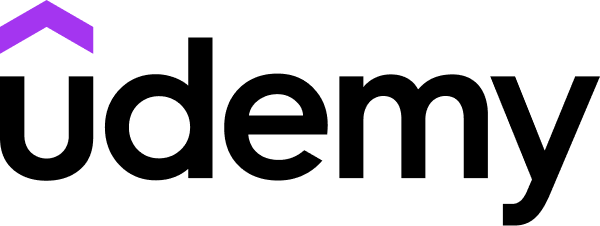Overview
In this macroeconomics course, you will learn to predict macroeconomic variables such as inflation, growth or consumption, and to create statistical models in economics and use them to predict responses to economic policy.
You will learn from hands-on demonstrations of model-building, forecasting and policy analysis, using data sets from a wide variety of countries. Demonstrations and applications will be conducted using EViews —a popular software for estimating and simulating forecasting models on Windows. Free, temporary licenses for EViews will be made available for the duration of the course.
Macroeconometric Forecasting is offered by the IMF with financial support from the Government of Japan.
Syllabus
Module 1: EViews Basics (Optional)
Review of the main EViews commands to manage data.
Module 2: Introduction to Forecasting with EViews
Introduction to the EViews model simulator to estimate and forecast multiple equation models.
Module 3: Statistical Properties of Times Series Data
The concept of stationarity is defined as well as how to test for it. Box-Jenkins (ARMA) methodology to study time series is introduced.
Module 4: Forecast Uncertainty and Model Evaluation
How best to choose between forecasts from competing models or sources. Participants will learn the main forecast evaluation statistics and how to calculate them in EViews.
Module 5: Vector Auto-Regressions (VARs)
Understand VARs, how they used for forecasting and structural analysis, and how to estimate a well-specified VAR and generate forecasts.
Module 6: Cointegration and Vector Error Correction Models (VECMs)
Define and understand the concept of cointegration among unit-root variables and its implications for forecasting. Learn how to test for cointegration using the Johansen method and how to estimate and forecast using a VECM.
Module 7: Evaluating Regressions Models
What does it mean to have a “good model” (model evaluation and key model assumptions) and the consequences for forecasting. Introduction to model testing and dealing with error irregularities and structural breaks.
Module 8: Final Assignment: Bringing It All Together
An overview of the techniques studied is provided using a case study focused on private saving-consumption behavior in the U.S. before and after the global financial crisis.



